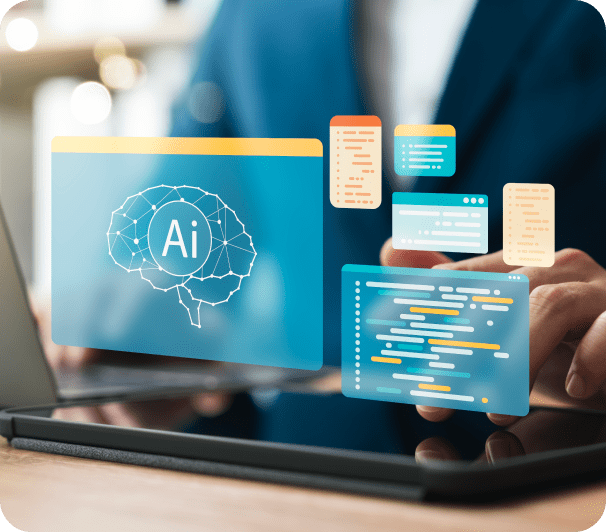The manufacturing industry in the United States is embracing Generative Artificial Intelligence (GenAI) with unprecedented speed for improved automation, production efficiency, and supply chain optimization. The adoption of this technology at a very fast pace raises cybersecurity issues that need robust security measures consistent with industry best practices.
Generative AI and Manufacturing
Generative AI has transformed the manufacturing sector by facilitating the following capabilities:
- Predictive Maintenance – The AI-based systems analyze the machine performance and predict failure before the failure happens.
- Supply Chain Optimization – AI reduces the impact of disruption by predicting demand and optimizing logistics.
- Automated Design & Prototyping – AI-generated designs minimize R&D time and costs.
- Improved Quality Control – AI-based real-time product inspection ensures compliance with quality standards.
Cybersecurity Risks in Generative AI for Manufacturing
As more AI is used, manufacturers also face new cyber threats such as:
- AI Model Poisoning – Malicious actors manipulate training data to create vulnerabilities.
- Theft of Intellectual Property (IP) – Unauthorised access to AI-created designs and patents.
- Deepfake Attacks – Synthetic identities from AI used for the manipulation of supply chains.
- AI-Powered Phishing & Social Engineering – Cyber adversaries are now using AI in crafting phishing and social engineering attacks that have very high conviction value.
Industry Standards & Compliance
To avoid cyber risks, manufacturers should embrace the following standards:
- National Institute of Standards and Technology (NIST) AI Risk Management Framework (AI RMF)
Gives guidelines for securing AI systems and reducing AI-specific threats. Promotes transparency and explainability in AI models. - Cybersecurity Maturity Model Certification (CMMC) Is a requirement for defense contractors to have robust cybersecurity. Protects Controlled Unclassified Information (CUI).
- ISO/IEC 27001 & 42001 ISO 27001 ensures a systematic approach to managing cybersecurity risks. ISO 42001 focuses on AI governance and security best practices.
- Executive Order on AI Safety & Security (2023). Requires manufacturers of critical infrastructure to implement AI governance policies. Promotes AI safety guardrails to counter cyber threats.
Manufacturing Cyber Generative AI Best Security Practices
Manufacturers shall implement the following cybersecurity best practices:
- Tamper-Proof AI Training Data – Make the datasets tamper-proof so AI model poisoning would not occur.
- Implement Zero-Trust Architecture – Do not give free access to any person for any AI system.
- Continuous AI Security Audits – Be on the watch for anomalies in AI-generated output and vulnerabilities of the same.
- Use AI-Driven Threat Detection – Use AI-based real-time cyber threat intelligence response.
- Multi-Factor Authentication (MFA) – Protect AI models and interfaces.
The U.S. manufacturing sector stands to gain enormous benefits from Generative AI, but securing those innovations is key. Manufacturers are placed best to protect their intellectual property, critical infrastructure, and supply chains from burgeoning cyber threats by implementing NIST guidelines, CMMC compliance, and AI-specific security measures.
Manufacturers will be able to unlock the full potential of Generative AI while ensuring a secure and resilient future by staying ahead of the cybersecurity challenges and aligning themselves with industry standards.






